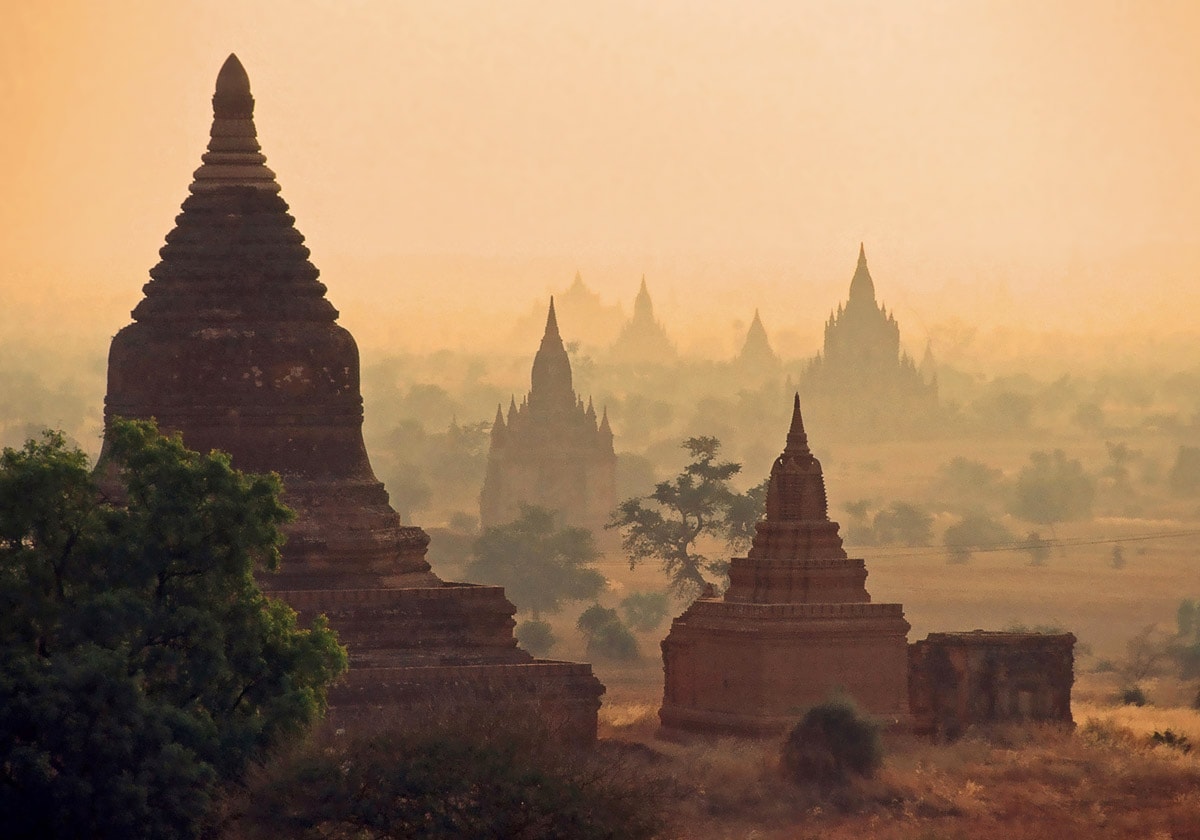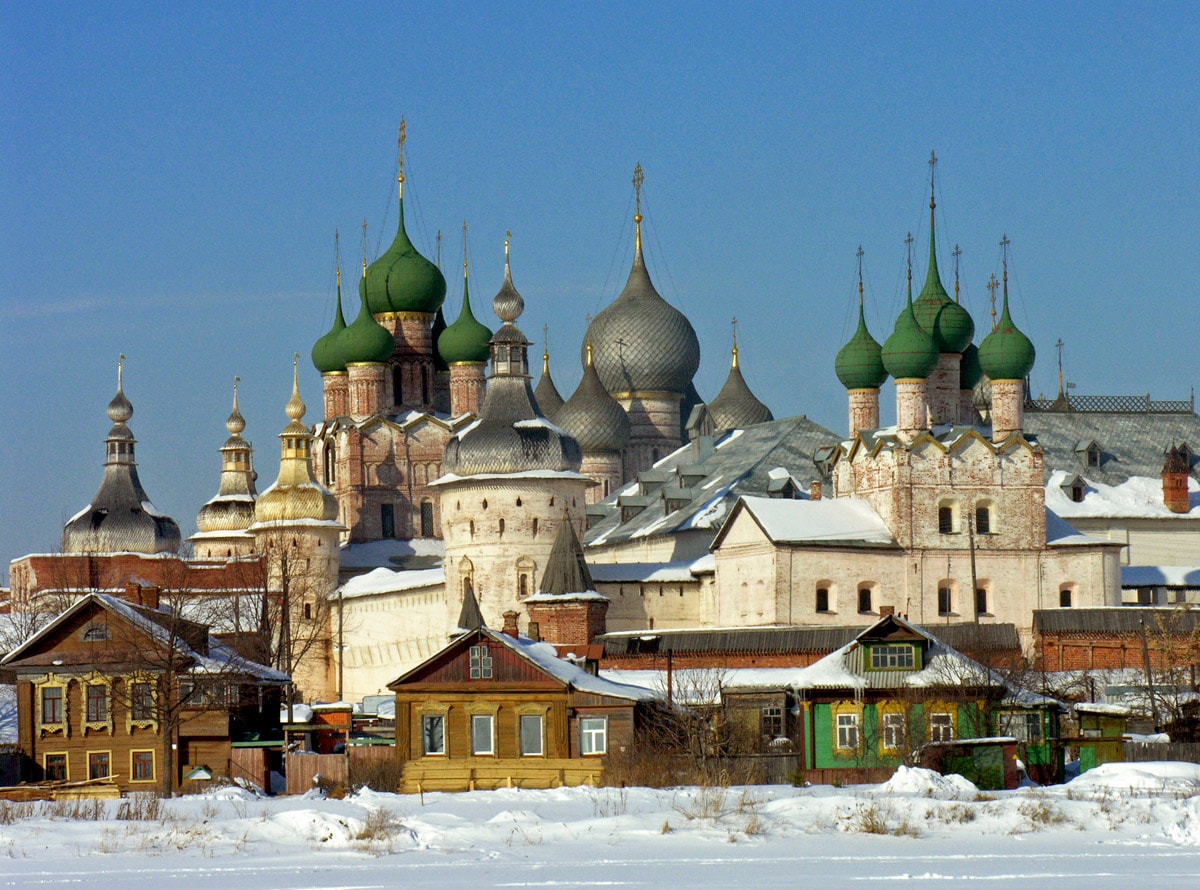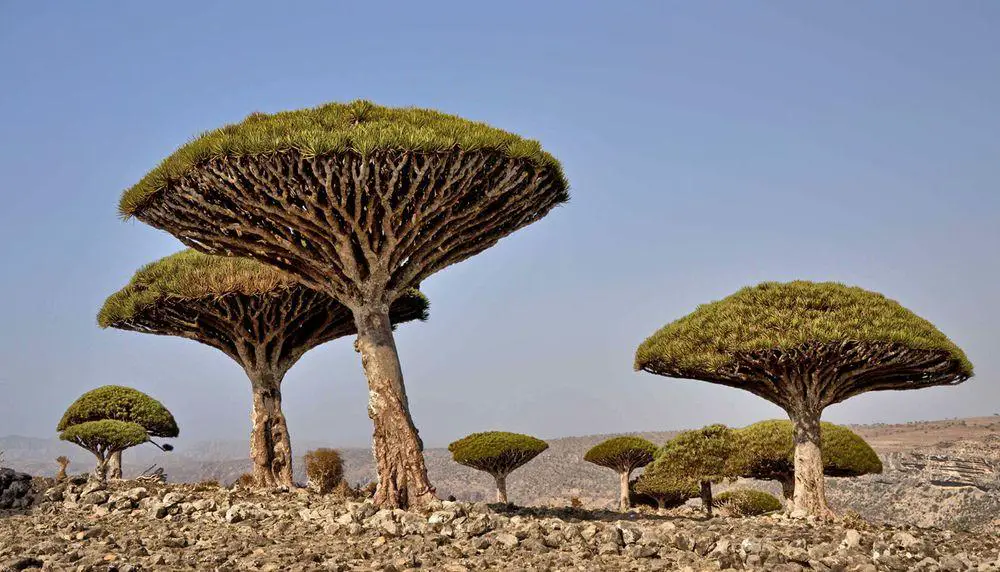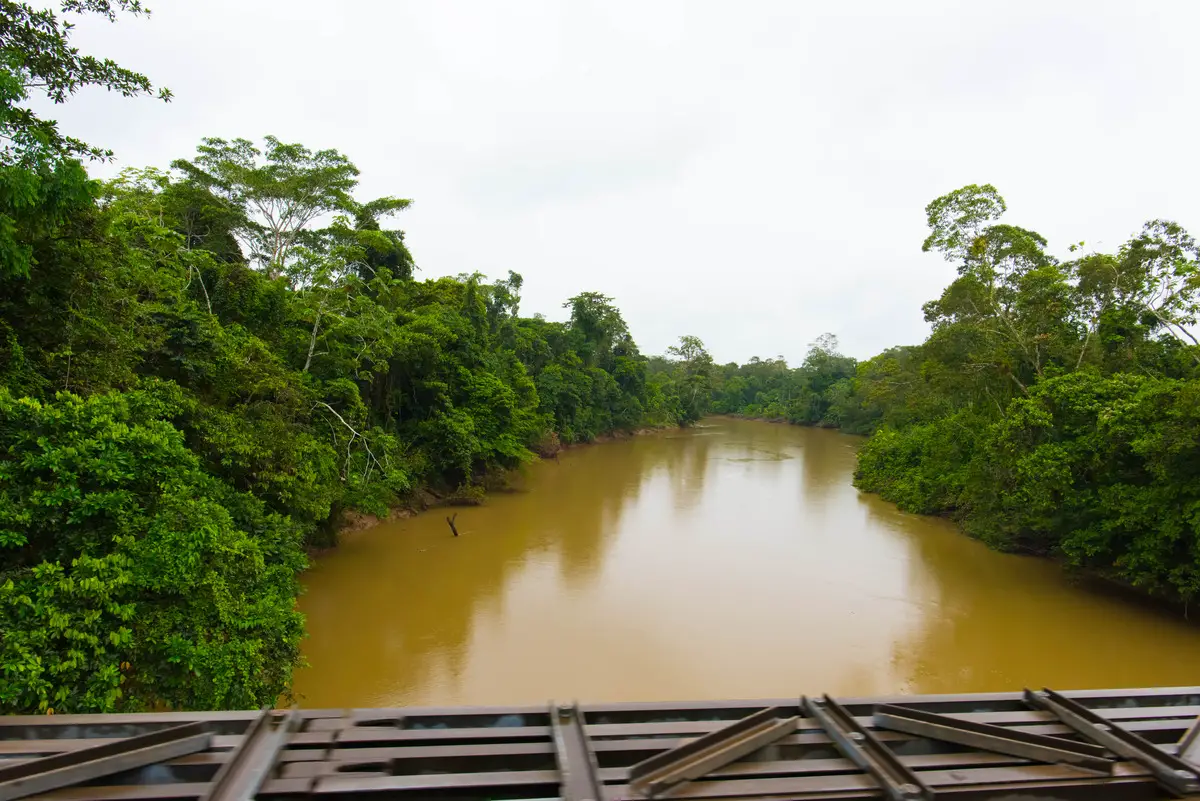 In short
In short
The northernmost forested area in the world is Lukunsky grove although often Internet sources announce that Ary-Mas is the northernmost forest of the world. Ary-Mas is located some 6 kilometres further to the south.
 41.8%
41.8%
GPS coordinates
Location, address
Name in Russian
Area
Dominating species
Map of the site
If you see this after your page is loaded completely, leafletJS files are missing.
 In detail
In detail
Contrary to Ary-Mas Lukunsky is not an isolated island of the forest but a northern rim of enormous forest stretching for hundreds of kilometers to the south.
The sturdy Dahurian larch
There is one tree species in Lukunsky grove – Dahurian larch (Larix gmelinii (Rupr.) Kuzen. 1920).
Dahurian larch is met in an enormous area and in very diverse forms. Often scientists divide it into several species – such as Larix cajanderi, Larix olgensis and many others.
In less harsh conditions Dahurian larch is a large tree, sometimes more than 45 meters tall and above 1,5 meters in diameter. It is possible that this is the most widespread tree species in the world with the largest number of mature trees (1). Dahurian larch grows in the whole of northern Asia, reaching Korea and China in the south. The tree is extremely well adapted to harsh arctic conditions – different investigations have shown excellent adaptations to permafrost, quick regeneration after frequent fires, and unique adaptation to different pests starting from microorganisms and ending with hares.
Wood of the larch is very well adapted also to the needs of northern people. This hard and fragrant wood is very resistant to rotting – thus it serves well for buildings and also for the necessity of Siberian villages – wooden pathways along the streets.
Arctic forest
Winter lasts here for 8 – 9 months, and the polar night lasts from November to February. -35 – -40 °C are common in winter with wind speeds up to 50 meters per second. In flatter areas, the snow is some 0.4 – 0.6 meters thick while in ravines it can be even 10 meters thick. Snow in most parts disappears in the middle of June but in late September – early October winter starts again.
But the short summer often is generous, although rainy. The polar day lasts more than a month from late June to early August. Average temperature in July is 12 °C, but frequently it reaches 30 °C.
Only the upper 0.3 – 2 meters of the soil thaw during the summer. Under the forest, there is approximately 200 meters deep layer of permafrost which is -10 – -15 °C cold (2). Nonetheless, investigations have shown that the biological productivity of the soil here is very high.
Region around Lukunsky grove has been inhabited by several people including Nganasans (more ancient), Evenks and Dolgans (more recent) and now – Russians.
Larches here reach 5 – 7 meters in height, trees are sparse. In spite of its extreme location, the Lukunsky grove is biologically diverse and interesting, although to a lesser extent than Ary-Mas. Here are found 268 species of plants, 78 species of birds, and 16 species of mammals. Species of northern taiga are prevalent over species of tundra.
Besides the only tree – the larch – here grow bushes of several kinds: up to 1.9 m high Alaska willow (Salix alaxensis Cov.), S. boganidensis Trautv., northern willow (S. glauca L.) and several other willows, few species of dwarf birches and dwarf bush Duschekia fruticosa (Rupr.) Pouzar.
Rivers and numerous lakes are full of fish.
Conservation and studies
Just like Ary-Mas also Lukunsky grove is well-studied.
First serious plans to conserve the area appeared in 1939 but were delayed several times up to 1979 when there was established the large state reserve “Taymyrskij” consisting of several separate parts. The main part of the reserve protects the genuine tundra southwest of Taymyr Lake, two separate parts protect the northernmost forest – Ary-Mas and Lukunskij, later there were established two more parts – the Arctic part protecting tundra east of Taymyr Lake and Bykada – a project of the reintroduction of muskox from America. Area of protected areas here might be extended in near future.
Scientists of Taymyrsky reserve maintain a scientific tradition to produce yearly statements of the nature of Taymyr ("Летописи Природы") amounting to many hundreds of pages. Part of this extremely rich scientific material is available (in Russian) on the website of Taymyr reserve.
References
- The Gymnosperm Database, Larix gmelinii
- Nature Reserves of Taymyr peninsula
- Поспелова Е.Б. Сосудистые растения Таймырского заповедника. Серия "Флора и фауна заповедников", вып.66, Moscow, 1998.
Lukunsky grove is included in the following article:
 Linked articles
Linked articles

Wonders of Asia
Any other continent (and part of the world) seems small if compared to Asia. This refers also to natural and man-made heritage: in Asia are not just thousands of great landmarks, there are found landmarks created by thousands of diverse cultures from ancient Phoenicians to the mysterious small people in the Philippines and eastern islands of Indonesia.

Wonders of Russia
The largest country in the world, Russia, is associated in the minds of many people with the onion domes of Orthodox churches and the massive walls of the Moscow Kremlin. But besides the unique architecture, Russia offers many more unusual and exciting attractions.

Ecosystems
Biotope is a rather small area with uniform environmental conditions and a specific community of life. Wondermondo describes biotopes and ecosystems which have striking looks, look very beautiful, or have other unusual characteristics.
 Recommended books
Recommended books
Nature’s Temples: The Complex World of Old-Growth Forests
An old-growth forest is one that has formed naturally over a long period of time with little or no disturbance from humankind. They are increasingly rare and largely misunderstood. In Nature’s Temples, Joan Maloof, the director of the Old-Growth Forest Network, makes a heartfelt and passionate case for their importance. This evocative and accessible narrative defines old-growth and provides a brief history of forests.
The Northeast Passage: A guide to the seas and wildlife islands of Arctic Siberia
The seas and islands of the Siberian Arctic are a serious challenge to the navigator, but powerful icebreakers have opened the way to the Northeast Passage, a region that is home to a world-beating range of superb animals. Polar bears and walrus are common, some of the world’s rarest birds are everyday sightings, some of the seabirds breed here in uncountable numbers. The islands are largely unexplored and scenically magnificent, a magnet for expedition vessels and adventurous tourists.



